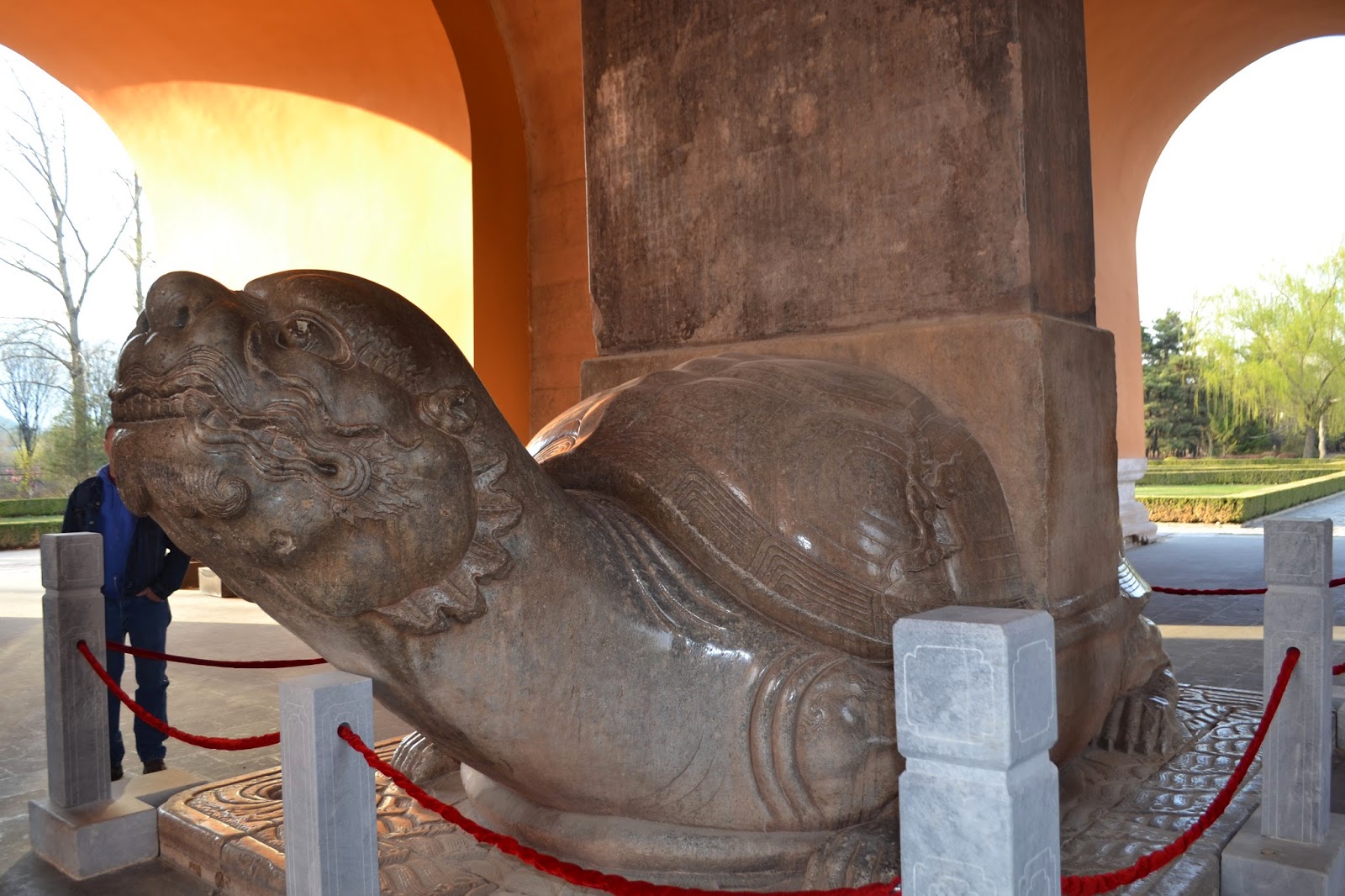Day three of Beijing was a trip to the Mutianyu section of the Great Wall of China, the portion that served as the barrier to the north against those evil "minorities" (as our tour guides liked to call them) and also one of the best preserved and older (originally mid-6th century) sections. A fun fact is that you can get down using a toboggan, though our guide said it was closed due to an untimely death. There were also various warnings because apparently people literally die here.
On to the artistic photographic attempts of yours truly.
This bit was literally a 70 degree incline and also the site where the warning signs were posted. I guess those old, sickly people tend to fall here. This actually happened a few days after we left -- a Canadian woman knocked into an elderly Chinese lady who fell, hit her head and died. It's true, Google it (or "Yahoo! it" while in China because Google is blocked). I myself felt like I might die of a heart attack while trying to summit.
I am contemplating life's great mysteries, such as the weird Chinese hat I bought at the market in a desperate attempt to ward off the cold. It makes me look like a teletubby.
Mom angrily waiving at the enemies, while I vigilantly search for the enemies.
No eunich riding a rooster on this watchtower...
Next on the agenda was a visit to the (rather unimpressive) Ming Tombs. I was expecting something awesome but all that we saw was a park. Apparently excavation on all tombs is now for preservation rather than presentation due to the "severe deterioration" of one tomb's artifacts due to a shoddy excavation. There's also the part about how the archaeologist who excavated it was denounced and the remains of the emperor/empress were burned during the Cultural Revolution.
At any rate, there are thirteen tombs from the Ming emperors in a cluster around Beijing, but we only visited one (Changling Tomb). The layout of the tombs is in accordance with fengshui, though I feel this passage from the UNESCO website provides a more complete description:
The natural site, a plain or broad valley, must offer the perspective of a mountain range to the north, against which the tombs would be built, with a lower elevation to the south. It must be framed on the east and west by chains of hills and feature at least one waterway.If that wasn't enough to give you a good mental image, here's an actual image. You're welcome.
The place that we actually visited (the Changling Tomb) is shown below in cartoon format. This is the tomb of Emperor Yongle and his empress, built in 1413.
The pathway leading up to this tomb is called the spirit path which contains 18 pairs of sculptures in alternating standing and kneeling positions. The emperor would walk this way to prepare himself when remembering his ancestors. My favorite statue was the "fabulous" animal, the xiezhai. I found out later that it attacks bad people.
Here is the mythical creature (fabulous, perhaps?) called a bixi, which is a type of turtle featured in a few Chinese myths. It's carrying the largest stone tablet that eulogizes Emperor Yongle.
Our tours completed in Beijing, we headed off to the next great adventure -- Xi'an and the Terracotta warriors!























Good job surviving the hike up the Great Wall and getting past that monster. Was it tough protecting Denise from it? LOL Just a little sibling joke.
ReplyDelete